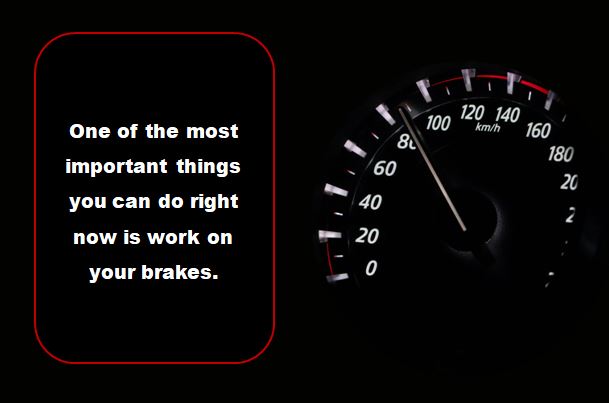When I talk to people who are doing work to heal their trauma, I hear a common thread:
“I tried [insert any technique] and got totally triggered.”
Ask a little more and you might find out how painful, intense, long-lasting the activation was for them and their partners and family.
These intense feelings are what makes people avoid working on trauma – understandable!
If you’re working to heal your trauma, there’s one thing you want to have in place as soon as possible: a way to manage the triggers.
When you’re working with trauma, it can sometimes feel like you’re speeding down a fast slope. You want to make sure you know where the brakes are, and that they work reliably before you start your journey!
Watch this video about the time I tried to roller blade in Central Park and learn about how to test out your brakes to help your nervous system feel safer as you try different practices to support your healing.
Little known fact: Central Park is NOT FLAT!
Working with your nervous system can be unpredictable. Sometimes challenges pop up when you least expect them. Some nervous systems go from zero to a hundred in the blink of an eye.
Important things to know before you start to tackle trauma healing:
- If your nervous system goes from zero to a hundred do you have tools to slow things down?
- Can your nervous system put on just a little gas and then lightly tap the brakes?
- When you tap the brakes is it jerky or does your system respond to a light, smooth slowing?

For some people, a bad trigger can last weeks or longer.
Two important skills you should practice at the beginning of your trauma healing work:
- Small titrations. When I say titrations I mean: can your nervous system feel something low level and then return to baseline? If your nervous system only knows how to do big activation, it’s going to need more support (perhaps from a trauma therapist) to learn to slow things down or for you to practice tracing back through time before the trigger to see if there was anything happening that is a clue that your system was building steam.
- Recovery from high activation triggers. If you have skills for recovering after the worst triggers, it will help build some confidence in working with survival energy (trauma energy is survival energy!). Anything you try in your efforts to get better has the potential to trigger you – hopefully it won’t, but if it does, it will help if you know you have a way to reduce the activation as quickly as possible.
Here are a few ideas for stopping the “zero to a hundred” high activation triggers:
- Notice what happened. You may not be able to do anything about it the first 10 or 20 times, but the more you notice that your activation spiked to much higher levels than you were expecting, you might start to be able to remember your plan for settling.
- Name what is happening. “I just got triggered. My nervous system is responding to this trigger as if it were the scary thing that happened in the past. This is a different time and place.”
- Notice that you’re safe. This one may be hard, but if you’ve gotten triggered and can call upon your prefrontal cortex, see if you can notice your surroundings. Are you in a safe place? If not, can you get yourself to a place that feels contained and quiet? Once there, look around and notice what tells you you’re safe enough. The door is closed, my back is against the wall, I’m in my room, my cat is here – whatever works for you.
- Slow, long exhalations. Count how long it takes to breathe out without fully running out of air. Breathe like you’re whistling.
- Recruit a safe person. If you have a safe person in your life, recruiting them to bring you into the present moment can be crucial. Talk about the weather or the show you’re watching on Netflix. Have them sit next to you, hold your hand or snuggle if that’s appropriate. It’s co-regulation.
- Let it pass. A big trigger sets off a whole series of physiological events in your body, like increasing your heart rate, respiration changes, adrenaline, etc. These things have to run through their tasks and once they get the signal from the brain that their job is complete, things will begin to slow. Pay attention to signs of things getting calmer. Tell yourself things will feel different when the fight or flight physiology settles down. Your brain may want to tell you you’re in danger, but if any part of you knows there’s no immediate threat, try not to let your physiology convince you to stay in fear. Think about past triggers (now) – about how long did they last at their worst? 10 minutes? An hour? If you can tell your brain “you just have to wait x amount of time and things will settle”, it might help you get through.
If you’ve experienced getting triggered and had trouble coming out of the activation, these are all things to practice over and over before you dive into working with trauma – especially early abuse and neglect.
The beauty is, practicing this IS trauma healing!


